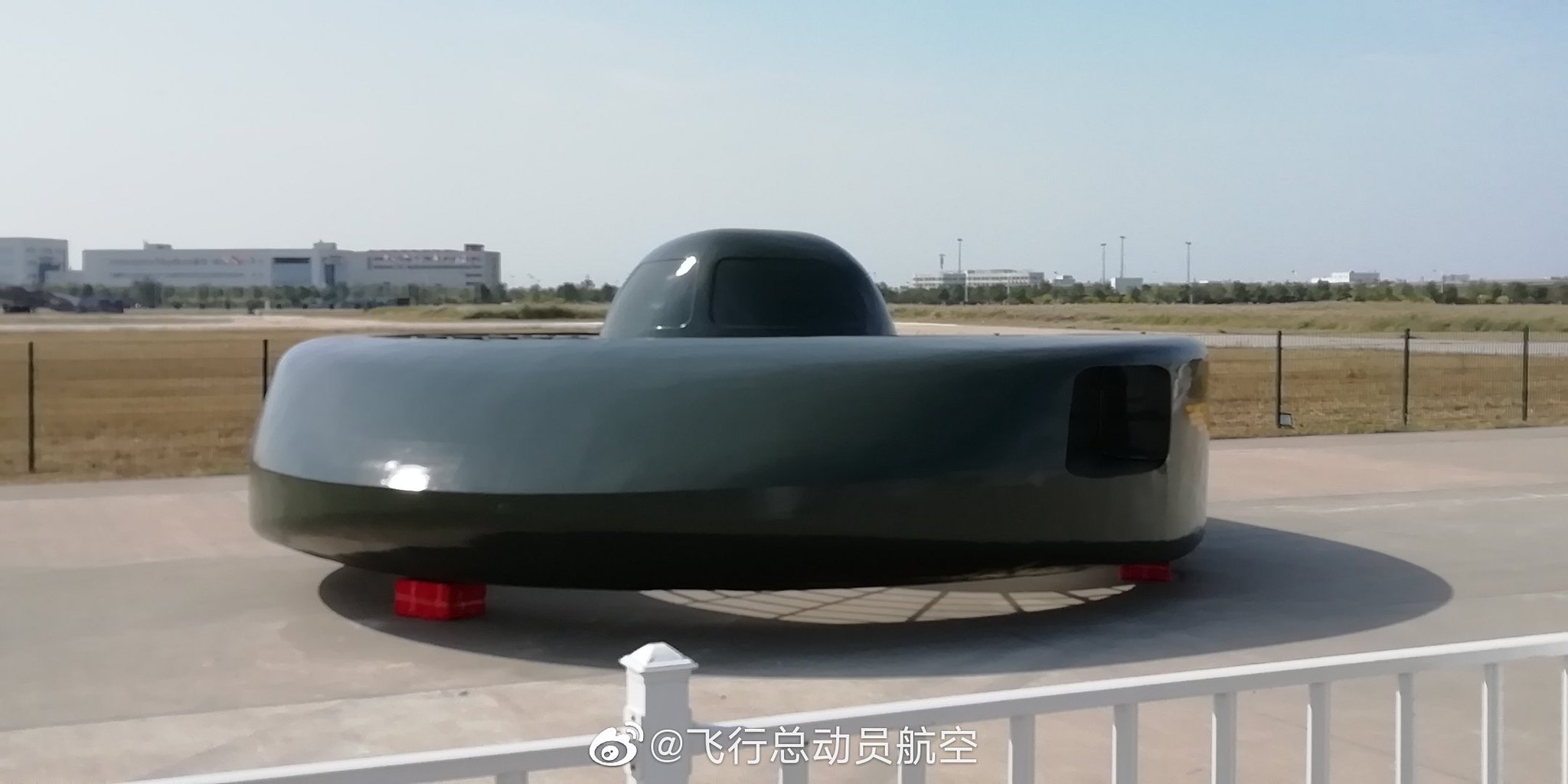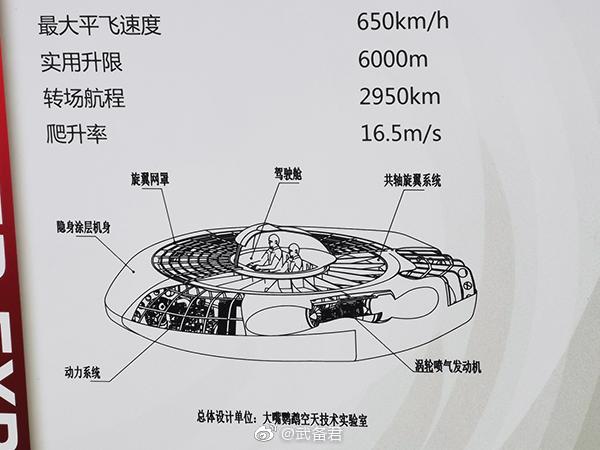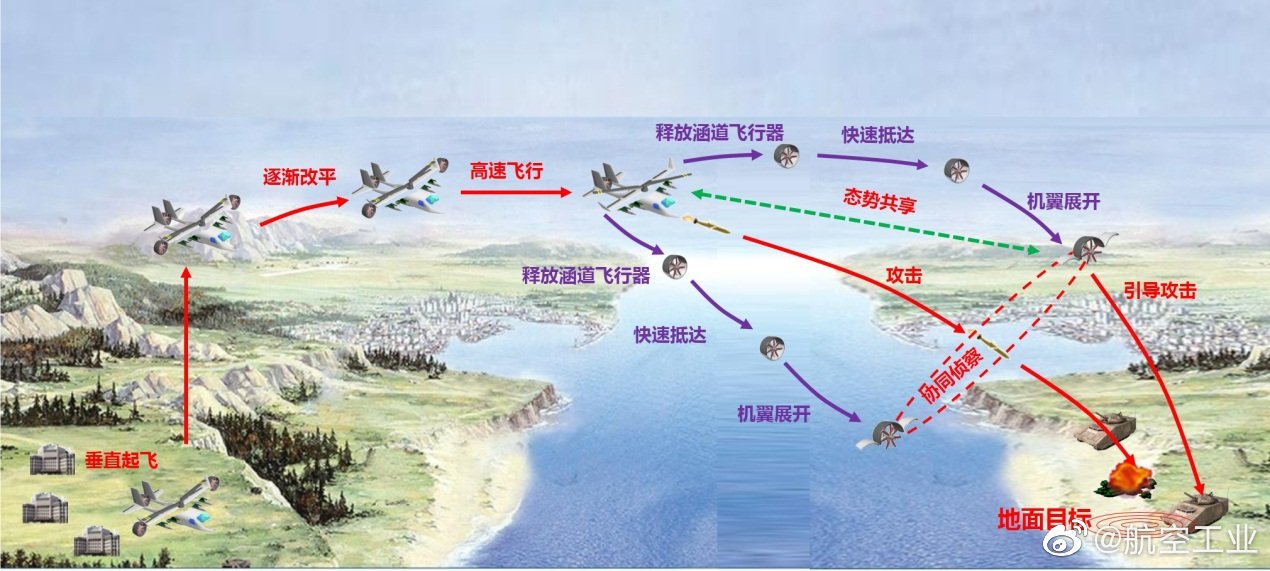Cross-posting from the dedicated thread.
What's more interesting is that the "Great White Shark" is the result of a much larger future rotorcraft program that also looked at other fuselage designs, as seen in the image below. The Great White Shark may externally resemble the
, but that's coincidental, as the internals are rather very different. Avrocar failed due to its insurmountable stability problems, its miserable payload capacity, low speed, and the fact that it could only fly 1.1 meter off the ground. The Great White Shark, on the other hand, adopts the saucer shroud as a means of achieving battlefield stealth. If I'm reading this correctly, it features two contra-rotating co-axial lift-fans to counter instability induced by the torque effect, and forward thrust is provided by a pair of
turbojets. Turbojets are used presumably due to limited space. Change in direction is provided by varying thrusts of the two turbojets.
Here's another concept born out of the same program, code named "King Elephant". It's a heavy-lift rotorcraft.
Specs are as follows:
Rotor diameter: 37.6m
Height of 10.6m
Empty weight: 29 tons
Max take-off weight: 58.5 tons
Max cruising speed: 450km/hr
Range: 2350km
Ceiling: 7000m
Occupants: 5
As you can see, the King Elephant is essentially a larger version of the "Great White Shark" without the stealth shroud. It too features a pair of co-axial contra-rotating rotors for lift, with forward thrust provided by a pair of
turbofans.
And finally, there is a drone version of the Great White Shark named XS-1, featuring an AI pilot (?).
P.S. I couldn't completely translate these as they are images. Please point out any errors in my summary.














